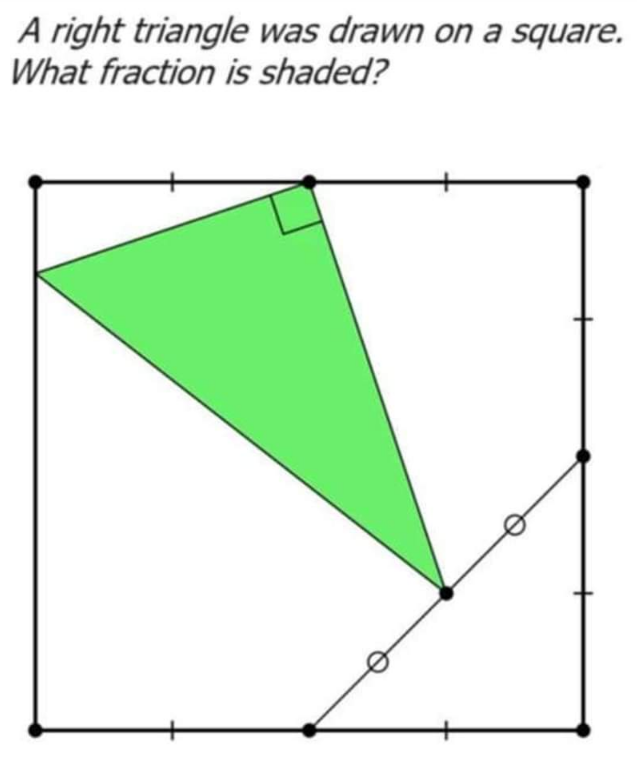
AllQuestion and Answers: Page 158
Question Number 207231 Answers: 1 Comments: 0

Question Number 207230 Answers: 1 Comments: 0

Question Number 207262 Answers: 1 Comments: 0
Question Number 207226 Answers: 2 Comments: 0
Question Number 207225 Answers: 0 Comments: 1
Question Number 207220 Answers: 2 Comments: 0
Question Number 207219 Answers: 1 Comments: 0
Question Number 207218 Answers: 1 Comments: 0
Question Number 207212 Answers: 1 Comments: 1
$$\mathrm{arcsin}\:\left(\mathrm{sin}\:\mathrm{6}\right)\:=\:? \\ $$
Question Number 207207 Answers: 1 Comments: 0
Question Number 207206 Answers: 2 Comments: 0
Question Number 207205 Answers: 1 Comments: 0
Question Number 207197 Answers: 2 Comments: 0
Question Number 207196 Answers: 0 Comments: 0
Question Number 207194 Answers: 1 Comments: 0
Question Number 207184 Answers: 2 Comments: 0

Question Number 207179 Answers: 2 Comments: 0

Question Number 207175 Answers: 2 Comments: 0
Question Number 207170 Answers: 1 Comments: 4
Question Number 207169 Answers: 1 Comments: 0
Question Number 207157 Answers: 1 Comments: 0
Question Number 207156 Answers: 1 Comments: 0
Question Number 207154 Answers: 1 Comments: 0
Question Number 207150 Answers: 0 Comments: 0
Question Number 207151 Answers: 1 Comments: 0
Question Number 207139 Answers: 1 Comments: 0
Pg 153 Pg 154 Pg 155 Pg 156 Pg 157 Pg 158 Pg 159 Pg 160 Pg 161 Pg 162
